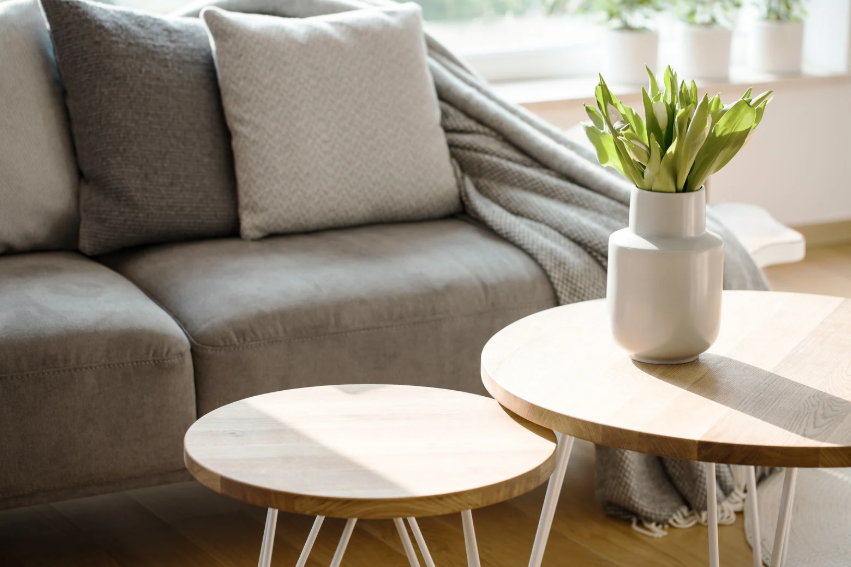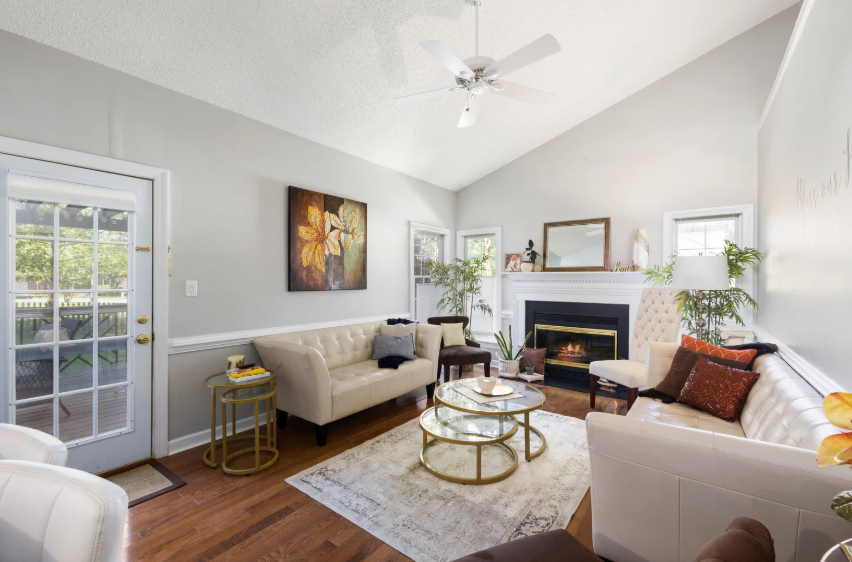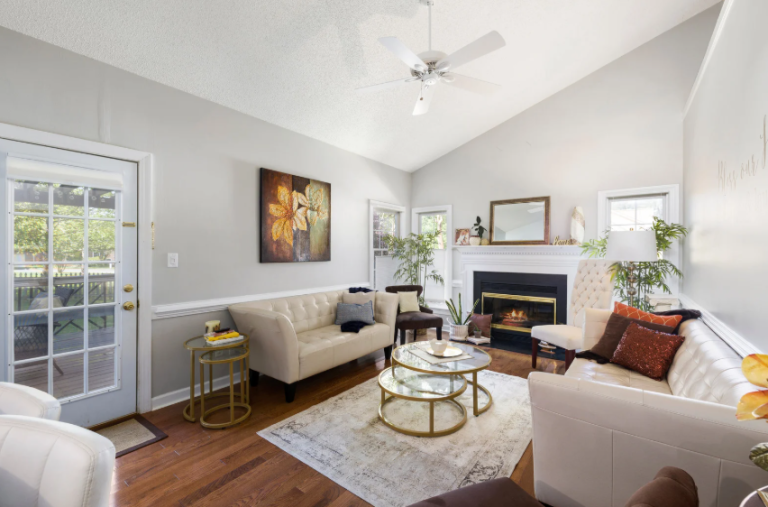As we step deeper into 2025, the line between art and function continues to blur in the world of furniture design.
With sustainability, simplicity, and wellness shaping design choices, architects and homeowners alike are gravitating toward pieces that do more than fill a room—they tell a story. In this article, we’ll explore emerging furniture trends that align with both aesthetic aspirations and daily functionality.
Sculptural Forms with Purpose
Furniture in 2025 isn’t just about clean lines and muted tones. It’s about statement pieces that offer utility and double as art.
Think organically shaped coffee tables, asymmetrical bookshelves, and multi-use storage benches. These pieces add character without overwhelming a space.

Materials That Speak Sustainability
From responsibly sourced wood to recycled metals and natural stone finishes, material choices are a key driver of modern furniture trends. Architects are increasingly prioritizing designs that reduce environmental impact while offering durability and timeless appeal.
Customization Meets Minimalism
In a world leaning into personalization, bespoke furniture has found its place. Whether it’s adjustable shelving or custom-sized sideboards, clients are seeking pieces that reflect their lifestyles.
Brands like Archic Furniture are responding to this need by offering tailored furniture solutions that combine form, function, and refined craftsmanship.

Biophilic Design Principles
Blending nature with interiors remains a dominant force. Furniture that incorporates natural materials, earthy tones, and modular layouts fosters a calming environment while supporting mental well-being—a key focus for both residential and commercial design in 2025.
Multi-Functional and Space-Savvy Pieces
With more people working and living in hybrid spaces, multi-functional furniture has moved from trend to necessity. Items like ottomans that convert into desks or wall-mounted fold-away tables offer flexibility without compromising style.
Final Thoughts
Furniture design in 2025 is about more than aesthetics—it’s about responding to how we live now. As architectural practices evolve to support adaptable, sustainable, and expressive spaces, choosing the right furniture plays a critical role in shaping not just the look but the experience of a space.


